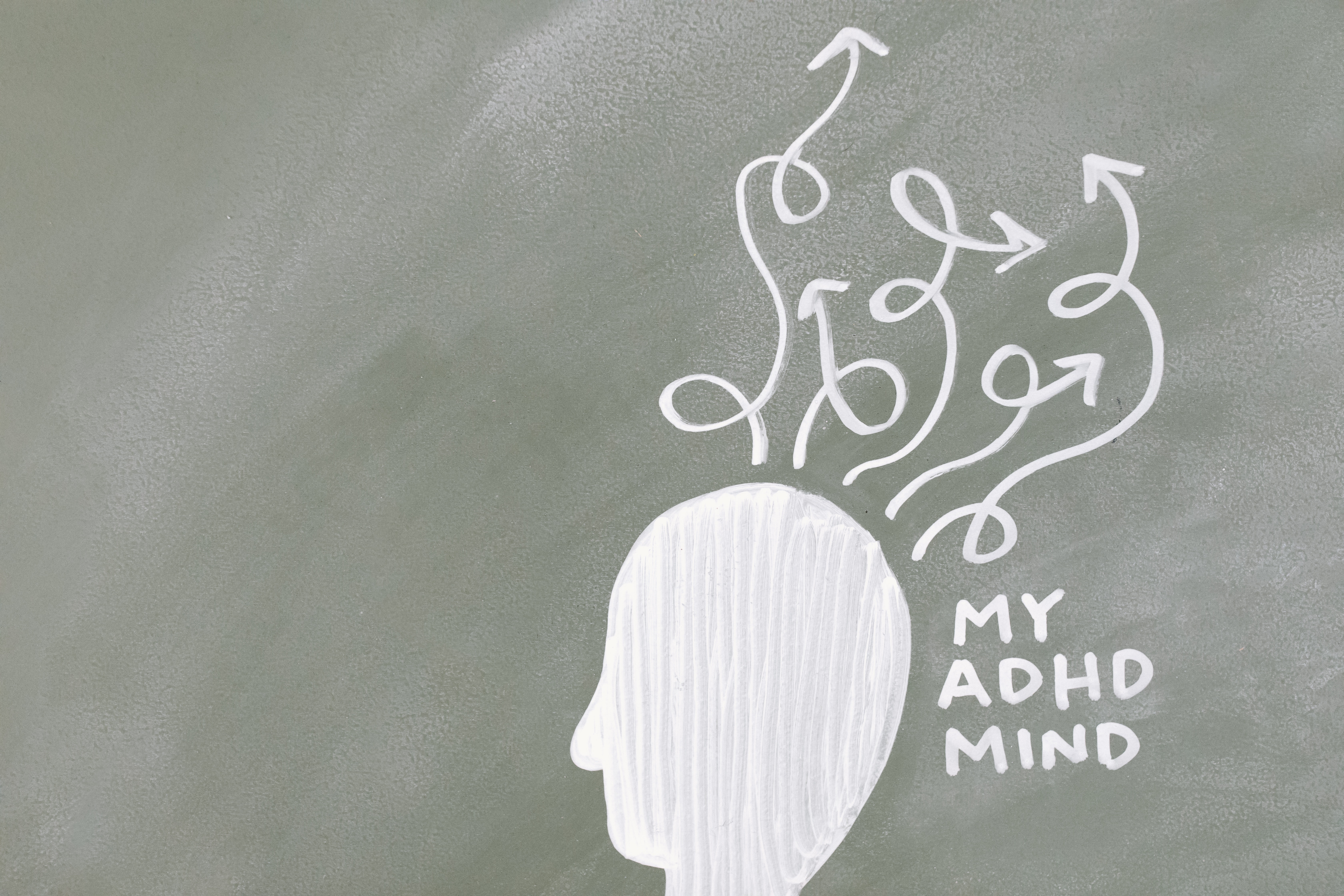Habits and ADHD
habit
noun
something that you do often and regularly, sometimes without knowing that you are doing it
Cambridge Dictionary
If you haven’t read Atomic Habits by James Clear or The Gap and the Gain by Dan Sullivan and Dr. Benjamin Hardy you should! We know you are busy so you may want to try listening to an audiobook while you serve as your child’s taxi car driver. Even a few minutes a day listening to either of these books could prove to be life changing.
Both of these books highlight the power we have within our own minds. The power can be in the habits we continue living with that serve us well like exercise and the habits that don’t like engaging with your child in an argument that you know isn’t going to end well!
Why is it so difficult to “break” bad habits? Well bad habits are things that we have been doing for a long time. They are patterns, learned behaviors, things that we just do sometimes without even realizing we are doing them. The ADHD brain is even more likely to lock into these bad habits therefore losing motivation because it feels like nothing will ever change.
This type of thinking is actually a habit. It is the default system in our brain shifting into high gear and the same thing is happening in your child’s brain. So how do we kick bad habits to the side?
Step 1 is recognizing what habits are not serving you well. For example, when it is time for your child to do homework do you hover because you are afraid they won’t get it done? Do you constantly pick up after your child because if you don’t your house will be a disaster?
Step 2 is to figure out what you are going to start doing differently. New habits aren’t actually that hard to create if you see them as a work in progress. The more you work on the new habit, the less power the old habit that wasn’t serving you well has. Maybe rather than hover you are going to be close by in case your child needs you, you are going to be sure your child is using a strategy that involves a Time Timer or other timer so they know how much time is passing by, and you are going to see what happens. We know, you are already thinking I know what will happen, my child will put their head down, stare off, get distracted, or maybe meltdown. However, right now we are focusing on your habit of hovering. Hovering will NEVER help your child get more done. Helping your child use problem solving skills on how to get homework done will help. This problem solving may involve communicating with your child’s teacher, helping your child learn how to break their homework into chunks, or use tools to help block out distractions like listening to music, chewing gum, or eating a crunchy snack.
Step 3 is to keep at it. Every moment is a new moment! Find yourself hovering? Back away. Hovering again? Back away. Your new habit will strengthen over time. If you catch yourself falling into an old habit count backward 5, 4, 3, 2, 1 and take action on the new habit.
You might be wondering what your own habit development has to do with your child. Most of your habits trickle right down to your child. If you hover while they do homework, your child is in the habit of responding to your hovering. Homework comes out, you hover, your child screams or sits there and does nothing. Behaviors are most often habits. Your child is going to need help breaking this habit. This may mean they need an incentive to finish it up, a reward for getting it down without a meltdown, or they may need to consider doing homework in a different space (outside?) at a different time, or in a different order.
What is a habit you would like to break? Post a comment and let us know!
P.S. Grab a copy of Our Four Step Guide to Creating an ADHD Treatment Plan here.
P.S.S. The ADHD Parenting Blueprint is back! Hop on the waitlist today!








